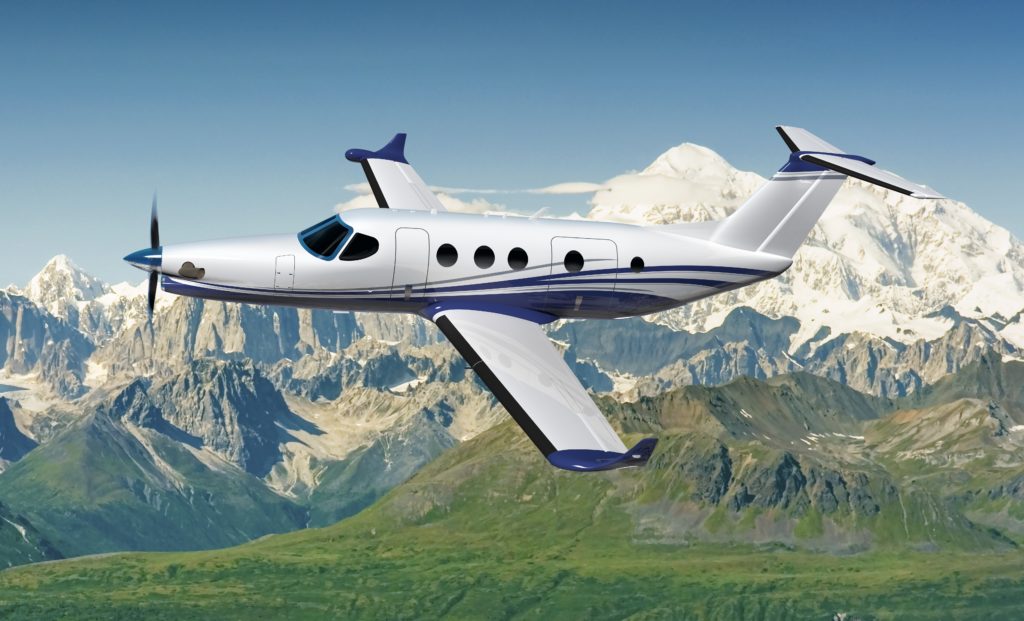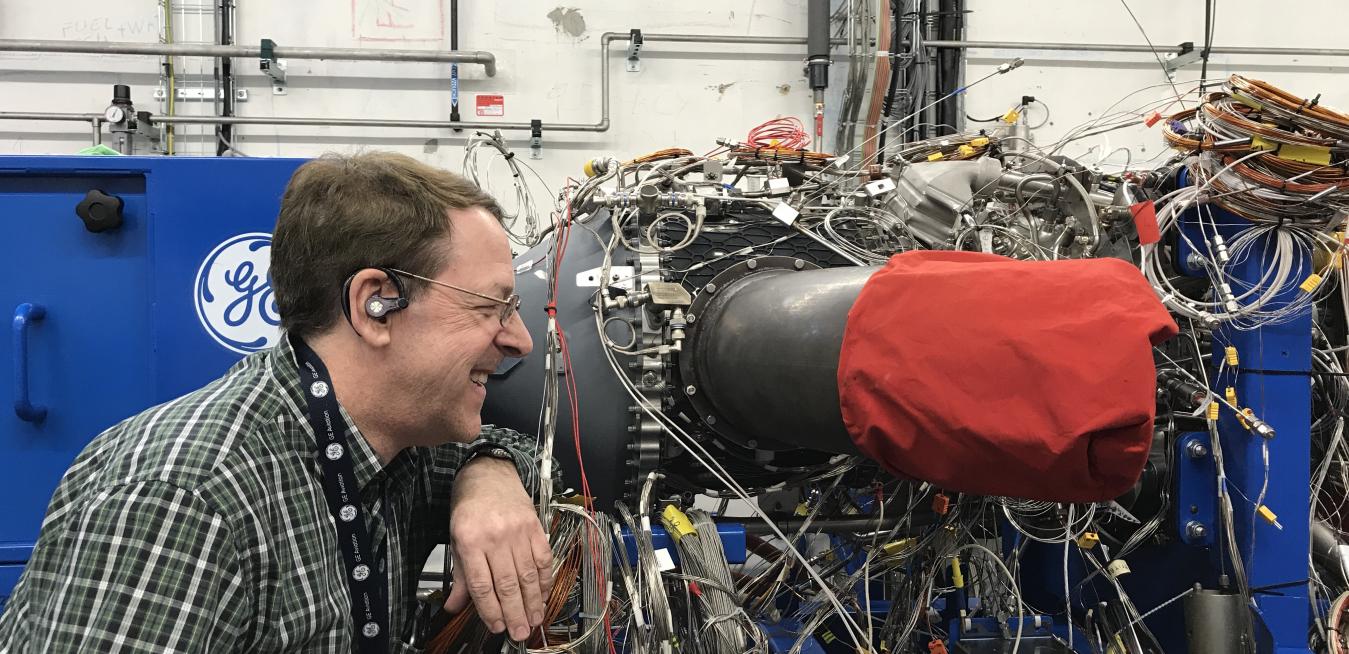The visitors had joined their colleagues at GE Aviation's turboprop headquarters, located in the Czech capital, to fire up for the first time an aircraft engine unlike any other. Formerly known as the Advanced Turboprop, the machine includes parts originally developed for supersonic jet engines. Its designers used 3D printing to combine 855 separate parts into just 12, and deployed digital controls that allow pilots to fly commercial turboprop planes like jets.
That engine just got a new name — GE Catalyst. “This engine is a game-changer,” says Brad Mottier, vice president of GE Aviation’s Business and General Aviation unit, which oversees turboprop development. “It will live up to its name by sparking changes in turboprop engine technology, airframe innovation, the pilot experience and the model for delivering service and support for operators.”
 Top image: GE test engineer Steve Erickson with the engine in a test cell in Prague. Image credit: Tomas Kellner for GE Reports. Above: The Cessna Denali will be the first plane powered by the GE Catalyst. Image credit: Textron Aviation.
Top image: GE test engineer Steve Erickson with the engine in a test cell in Prague. Image credit: Tomas Kellner for GE Reports. Above: The Cessna Denali will be the first plane powered by the GE Catalyst. Image credit: Textron Aviation.The engine’s new design and technologies will make flying more enjoyable, Mottier says, but they also help reduce the engine’s fuel burn by as much as 20 percent and give it 10 percent more power compared with engines in its class. As a result, the GE Catalysts could launch a new era of turboprop aircraft design.
Simone Castellani is one of the lead engineers who developed the GE Catalyst’s digital controls, officially called the Full Authority Digital Engine and Propeller Control, or FADEPC. He says that the technology will make flying turboprops so easy “my mom could do it. In a way, it is just like flying a scooter.”
Mottier and Castellani are pilots and they are eager to fly planes with the engine. “I can tell you that flying a modern turboprop plane requires a lot of effort,” Castellani says. “Most of the time, you are really watching the gauges in the cockpit instead of looking out.” The GE Catalyst makes flying a plane “simpler than driving an automatic car,” according to Castellani. “You push the throttle, and the controller will tell the engine and propeller the best way to go.”
The first plane equipped with the GE Catalyst will be Textron Aviation’s Cessna Denali. The aircraft, which seats nine passengers and two pilots, will have a large pressurized cabin and many of the features of a private jet. GE plans to certify the GE Catalyst over the next two years. It is scheduled to enter service in 2020.





